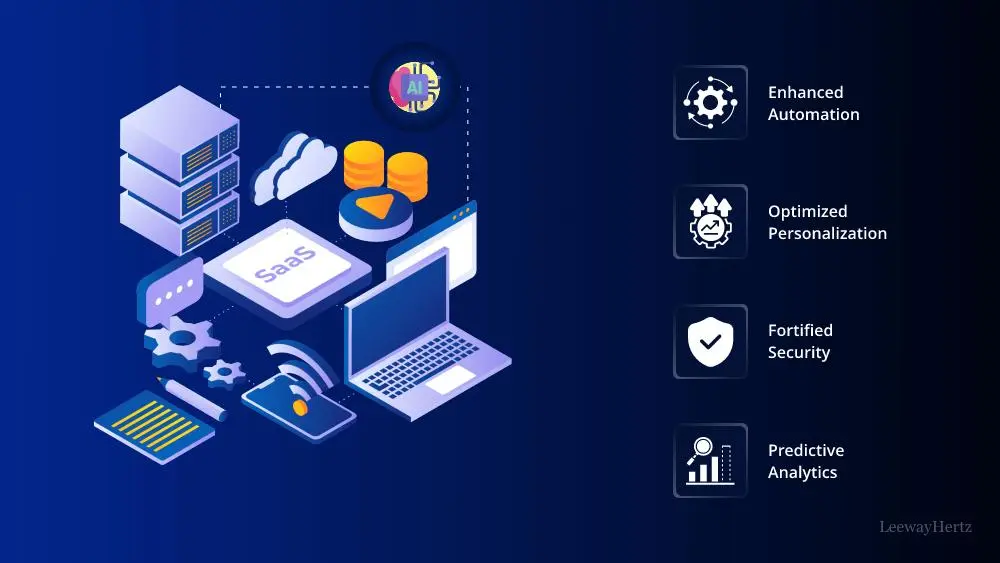5 Common Challenges Every SaaS Founder Faces (And How to Solve Them)
In the rapidly evolving world of Software as a Service (SaaS), founders face unique challenges that can make or break their businesses. As we delve into the landscape of 2024, it’s crucial to understand these obstacles and explore effective strategies to overcome them. SaaS founders must navigate a complex terrain from ensuring profitability to leveraging cutting-edge technologies to achieve sustainable growth and success.

The first major challenge SaaS founders encounter is the increasing pressure on profitability. With rising operational costs and intense competition, companies must optimize their marketing strategies and focus on enhancing customer lifetime value. This challenge is compounded by the need to balance product development with growth, requiring founders to prioritize improvements while scaling their business effectively.
The second challenge is the rapid adoption and implementation of Artificial Intelligence (AI). While AI offers immense potential for efficiency and innovation, it also presents complexities regarding technical integration and skills gaps. SaaS founders must navigate these hurdles while addressing heightened concerns over data security and privacy, which remain significant issues in the industry

Customer retention and satisfaction form the third major challenge. In the SaaS model, retaining existing customers is often more cost-effective than acquiring new ones. This puts immense pressure on founders to continuously refine their products, provide robust customer support, and meet the ever-increasing expectations of their user base. Failure to do so can lead to high customer churn rates, directly impacting the company’s bottom line.
| Challenge | Impact | Solution Strategy |
| Profitability Pressure | Reduced margins, growth constraints | Optimize marketing, enhance customer LTV |
| AI Adoption | Integration complexities, skill gaps | Invest in training, prioritize data security |
| Customer Retention | Revenue instability, high churn | Continuous product refinement, robust support |
| Global Scaling | Market entry barriers, compliance issues | Localization, regulatory compliance focus |
| Competitive Landscape | Market share threats, differentiation challenges | Unique value proposition, community engagement |
The fourth challenge lies in achieving a global scale. As SaaS companies expand internationally, they face complexities in cross-border sales, understanding regional market nuances, and complying with diverse legal regulations. This requires a strategic approach to localization and a deep understanding of global markets to successfully scale operations.
The fifth and final major challenge is navigating an intensifying competitive landscape. With longer customer journeys due to macroeconomic conditions and increased competition, SaaS founders must adopt innovative marketing tactics and focus on building strong customer relationships. This often involves developing a community-led growth strategy and adapting traditional sales and customer engagement approaches.
To effectively solve these challenges, successful SaaS companies are employing a range of strategies. One key approach is conducting thorough market research and validation to deeply understand the target audience’s needs and pain points. This helps in developing products that resonate with users and drive higher adoption rates, addressing the challenges of customer retention and competitive differentiation.
Another crucial strategy is focusing on solving a single, well-defined problem exceptionally well. By identifying a specific, recurring issue that is both painful and urgent for customers, SaaS founders can create a unique value proposition that sets them apart in the market. This approach helps in overcoming the challenges of profitability and competition by ensuring a strong product-market fit.
To address the challenges of AI adoption and global scaling, successful SaaS companies are investing in building strong, diverse teams with specialized skills. This includes not only core development teams but also supporting systems such as onboarding, customer support, and billing. By fostering collaboration among internal teams and leveraging platforms that provide a centralized view of customer health, companies can navigate the complexities of technology integration and international expansion more effectively.









